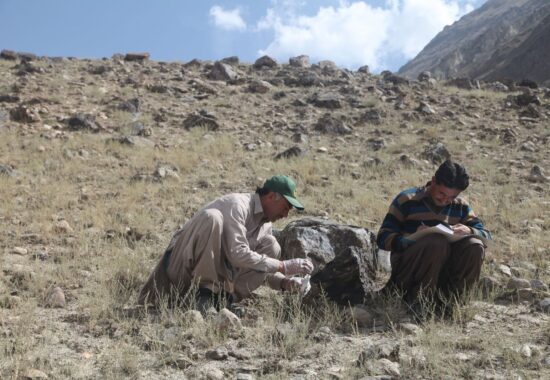

The major challenges that ecologists and conservationists face in the field while understanding species’ ecology come about due to the elusiveness, nocturnal and dangerous nature, and wide home range of the carnivores. It is particularly problematic in cases of rare species with relict populations and is a high conservation concern. Therefore, it is imperative to acquire reliable ecological information as management and conservation goals rely on such information. Hence, to overcome this ecological problem, scientists introduced a molecular tool, which has provided novel solutions to questions in biogeography, behavioral ecology and conservation. In the last two decades, molecular methods have complemented field studies to enable rapid advances in wildlife ecology and conservation of populations. This genetic tool has wide applicability in terms of identifying species, individuals and gender, assessing mating systems, hybridization, diet, gene flow, population viability, poaching and illegal wildlife trade. For instance, using the molecular tool, we can study the distribution of genetic variation across landscapes and the functional significance of that variation. From a management perspective, genetic data can be used to define management units and provide insights into demographic patterns associated with the reduction and expansion of populations or understand the local adaptation of species. As new technological developments continue to expand, molecular methods propose several added advantages in comparison with field methods. Rather than using harsh sampling to obtain DNA from the animals, non-invasive samples (such as feces or hairs) can be used to minimize the impact on the studied population and the environment. Many endangered species are rare and elusive, making their direct detection difficult; For such species, non-invasive DNA-based monitoring offers an interesting alternative to counts based on direct sightings that are often impossible and unreliable. For example, DNA extracted from feathers, scat, or hair left behind by the animal has facilitated monitoring programs to assess population recovery. Briefly, conservation genetics deals with globally important species by using genetics to collect ecological data and implement conservation strategies.